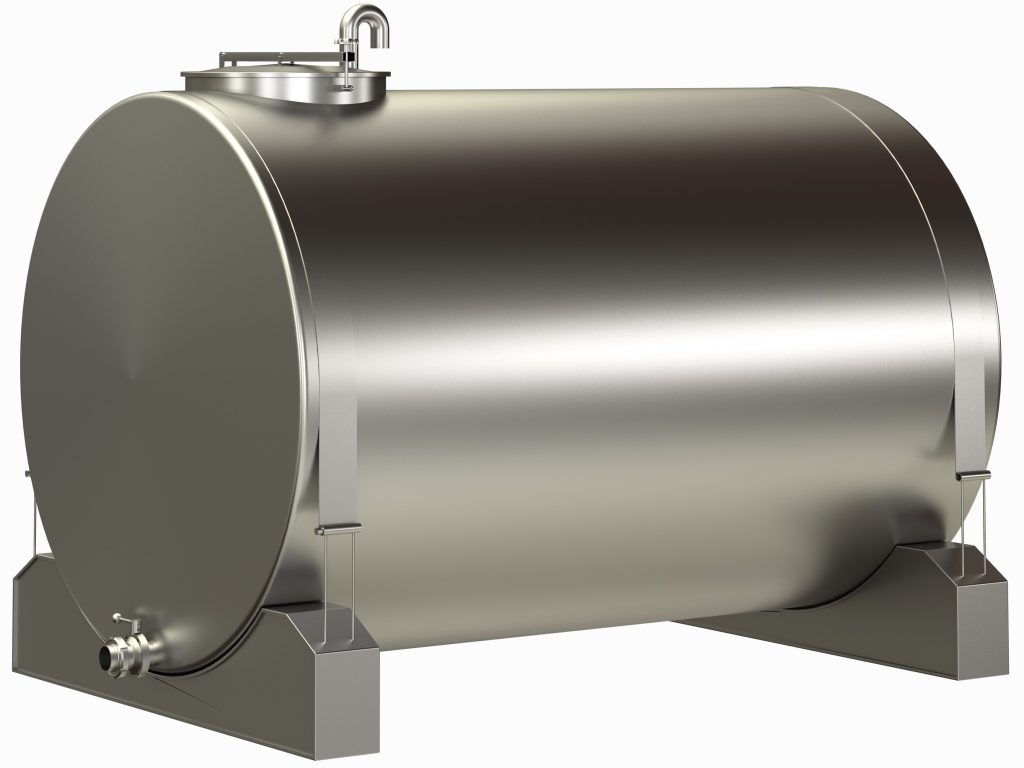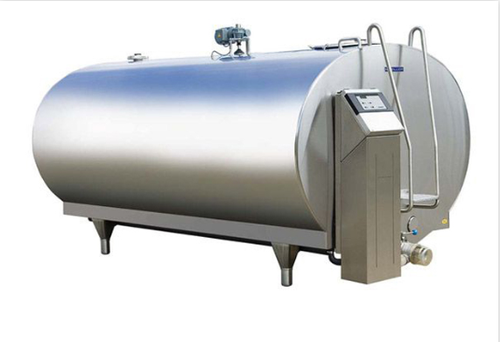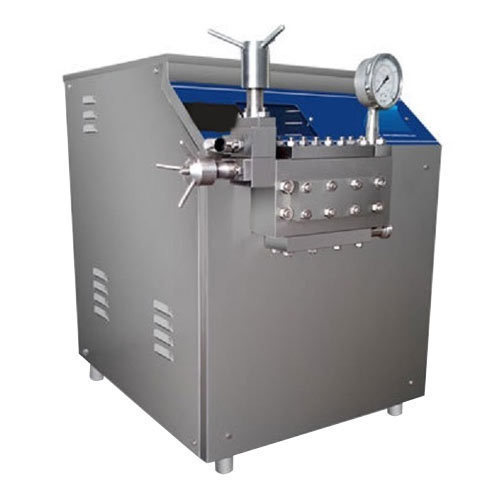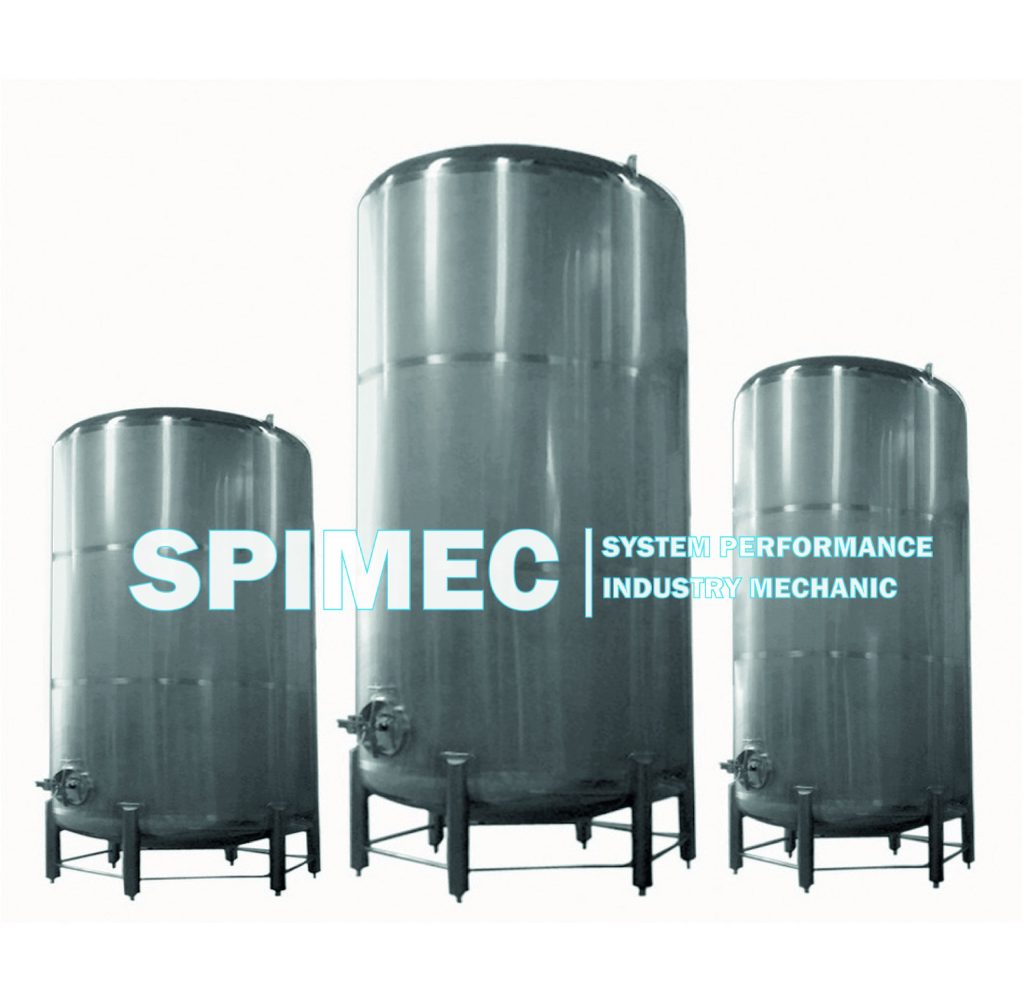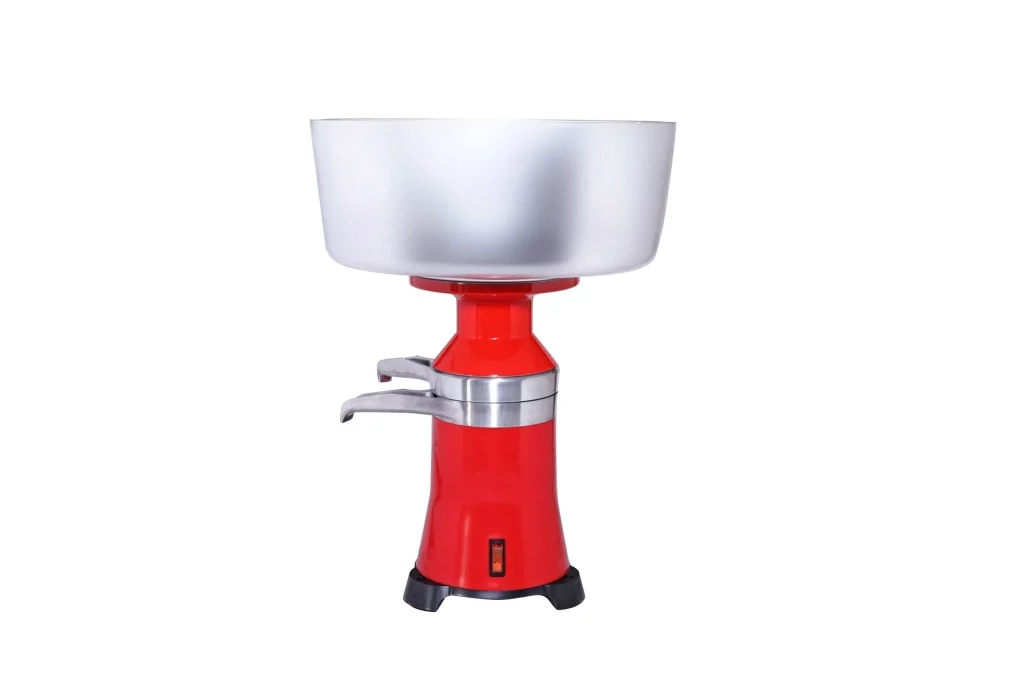Description
Milk cooking vat, which may also be referred to as a milk cooker or milk pasteurizer, represents a specialized container exclusively employed within the dairy sector. Its primary function revolves around heating and treating milk to specific temperature requirements for a range of purposes, including pasteurization, sterilization, and the creation of dairy items such as yogurt or cheese. The vat is meticulously engineered to ensure uniform milk heating and to uphold precise temperature management throughout the entire cooking procedure.
Below, we present an examination of the characteristics and functioning of a milk cooking vat:
1. Tank Construction: Typically crafted from stainless steel or other food-grade materials known for their resistance to corrosion and ease of cleaning, a milk cooking vat takes the form of a sealed container designed with insulation to minimize heat loss.
2. Heating Mechanism: Equipped with a heating system tasked with elevating the milk’s temperature, the specific method of heating can vary depending on the unique application and production scale. Common heating methods encompass steam jacketing, electric heating elements, or direct steam injection.
3. Temperature Management: In milk cooking vats, precise temperature control stands as a crucial element in achieving the desired results. These vats might feature a control panel housing temperature sensors and regulators to uphold the milk at the prescribed cooking temperature. This guarantees both food safety and the attainment of desired milk properties.
4. Mixing Arrangement: Some milk cooking vats incorporate a mixing system to ensure uniform heating while guarding against milk scorching or burning. The mixing apparatus can be motor-driven paddles, impellers, or a gentle stirring mechanism, all serving to keep the milk in constant motion and facilitate even heat distribution.
5. Timekeeping and Alerting Functions: To maintain consistency and prevent overcooking, milk cooking vats may be equipped with timers and alarms. These functionalities empower operators to set precise cooking durations and receive notifications upon completion of the cooking process or in the event of any deviations.
6. Steam Handling System: In the context of steam-jacketed milk cooking vats, a steam condensation system is frequently incorporated. This system efficiently removes excess steam generated during heating, preventing condensation from falling back into the milk, thereby preserving the desired consistency and quality.
7. Outlet for Discharge: Upon the conclusion of the milk cooking process, the cooked milk can be directed through an outlet for further processing or packaging. This outlet might feature valves or other mechanisms to regulate the milk’s flow and transfer.
8. Cleaning and Sterilization: Maintaining hygiene is paramount in milk processing equipment. Milk cooking vats are thoughtfully designed for effortless cleaning and sterilization. They possess smooth interior surfaces, detachable components, and access points that facilitate comprehensive cleaning. Some vats even incorporate cleaning systems or boast CIP (clean-in-place) functionality to streamline the cleaning regimen.
Technical Specification
Milk cooking vats play a pivotal role across diverse dairy operations, safeguarding the integrity, excellence, and functional attributes of milk-derived goods. They facilitate controlled heating and meticulous temperature management, affording precise control over cooking conditions and ensuring unwavering product consistency. The composition and characteristics of milk cooking vats can diverge contingent upon the specific needs and demands of the dairy sector.
• Fabrication relies entirely on AISI 304 stainless steel.
• These vats can be tailored to capacities spanning from 100 to 1500 liters.
• The heating systems can be configured with options such as steam, burners, or electric heating.
• These milk cooking tanks boast three internal jackets for insulation and temperature regulation.

